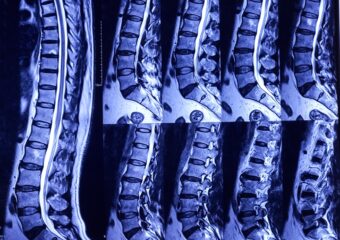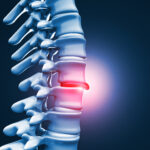
Lumbar Fusion

A lumbar fusion is a surgical procedure aimed at stabilizing and reducing motion between vertebrae in the lumbar (lower) spine. Typically used to treat conditions such as degenerative disc disease, spondylolisthesis, or spinal instability, lumbar fusion involves joining two or more vertebrae together. During the procedure, the surgeon makes an incision in the lower back, accessing the lumbar spine.




The damaged or degenerated joint is removed, and a bone graft is inserted in its place. This bone graft encourages the growth of new bone, fusing the adjacent vertebrae. Hardware such as screws, rods, or cages may be used to provide stability during the fusion process. Lumbar fusion aims to alleviate pain, restore spinal stability, and prevent further degeneration.
The decision to undergo lumbar fusion is typically made after conservative treatments like physical therapy or medication have proven ineffective, and the procedure is tailored to the individual’s specific condition. Recovery from lumbar fusion varies among patients, and postoperative care often involves a period of physical therapy to optimize healing and restore function.
Book An Appointment
"*" indicates required fields














